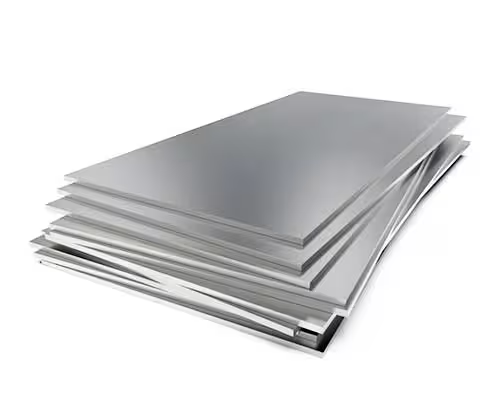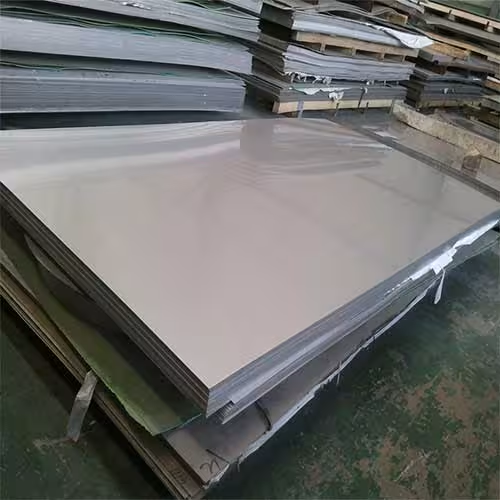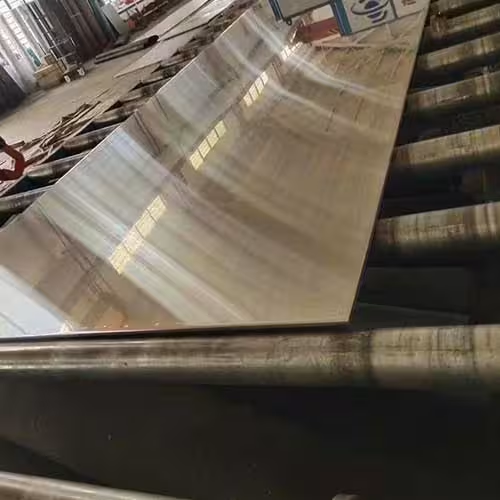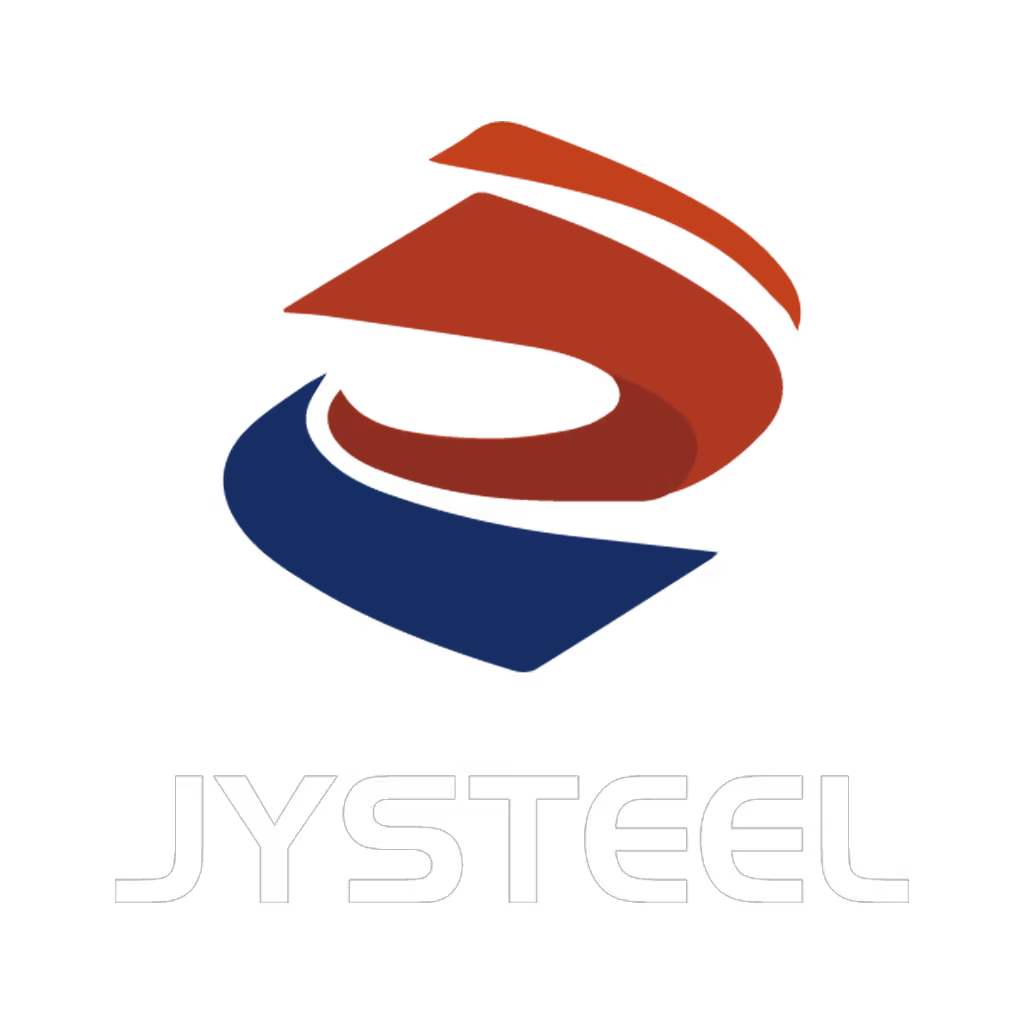If you’re looking into 304 stainless steel plates, you’ve come to the right place. Whether you’re planning a kitchen upgrade, structural work, or industrial installation, this guide gives you everything you need to know—from technical properties to practical applications—so you can choose smart and confident.

Welcome to My Blog!
Before we dive into the content, I’d love for you to join me on my social media platforms where I share more insights, engage with the community, and post updates. Here’s how you can connect with me:
Facebook:https://www.facebook.com/profile.php?id=61565500692293
Now, let’s get started on our journey together. I hope you find the content here insightful, engaging, and valuable.
Table of Contents
Introduction
Imagine needing metal that resists corrosion, handles high temperatures, is easy to clean, and can look great in your application. That’s exactly what 304 stainless steel plates offer. With a strong balance of durability, workability, and aesthetic appeal, they’re trusted in construction, food handling, architecture, and more. As a reliable steel supplier, Jiuyang emphasizes certified quality, full traceability, and expert support based on your specific needs.
What Are 304 Stainless Steel Plates?

304 stainless steel belongs to the austenitic grade family. Its makeup includes around 18% chromium and 8% nickel, a combination that provides excellent resistance to rust, oxidation, and typical chemicals. These plates are produced in a range of thicknesses and finishes to suit diverse uses, from smooth sheet metal to polished panels.
Core Properties of 304 Stainless Steel Plates
Corrosion resistance: Thanks to its chromium content, these plates resist oxidation in environments as varied as kitchens, marine interiors, and industrial settings.
Mechanical strength: With tensile strength around 515 MPa and yield strength around 205 MPa, they can handle bending, welding, and moderate structural loads.
Temperature tolerance: Reliable performance spans from cryogenic temperatures up to about 870°C continuously, making them suited for exhaust parts, heat exchangers, and furnace barriers.
Cleanability: The non-porous surface and easy-to-sanitize attributes make them popular in medical, food processing, and cleanroom settings.
Weldability: Designed for ease of welding with common processes—such as TIG, MIG, and spot welding—without weakening performance.
Available Thicknesses and Surface Finishes
Bring the right finish and thickness for your purpose:
| Finish | Description | Ideal Usage |
|---|---|---|
| 2B | Smooth, matte | General fabrication, industrial |
| No. 4 | Brushed grain | Railings, appliances |
| BA | Bright, reflective | Architectural panels |
| No. 8 | Mirror | Decorative interiors |
| No. 1 | Rough as-rolled | Heavy machinery |
Thickness ranges can stretch from 0.5 mm up to 100 mm, with custom sizing available.
Chemical and Mechanical Standards
Typical alloy breakdown includes chromium 18–20%, nickel 8–10.5%, manganese ≤2%, and carbon ≤0.08%. Mechanically, plates meet a minimum tensile strength of 515 MPa with ≥40% elongation at break, plus a Rockwell hardness up to 95B.
Choosing the Right Plate for Your Project
Determine the mechanical strength and corrosion needs. For decorative panels, thinner mirror finishes may work well. Industrial tanks might need thicker 2B or No. 1 plates. Always verify mill certification (e.g., ASTM A240) to confirm composition and quality.
Advantages Jeopardizing 304 Over Alternatives
Compared to grade 316, it offers cost savings when moderate corrosion resistance is enough. Versus carbon steel, it resists rust and requires less maintenance. In most indoor and mild outdoor environments, 304 is the ideal balance of cost, durability, and appearance.
Important Uses and Long-tail Applications
Kitchen countertops, cabinet inlays, signage panels, hospital trays, lab benches, control panel covers, marine trim, elevator walls, decorative screens, HVAC components—all benefit from 304’s strength and cleanability.
Fabrication Tips for Long-Term Use

Cut using laser, plasma, waterjet, or shearing. Form and weld with minimal filler to retain corrosion properties. Post-weld treatments—like pickling or passivation—restore surface protection. A gentle non-chloride cleaner maintains finish quality.
Maintenance Strategies
Routine care includes rinsing and wiping away deposits. Avoid abrasive cleaners and steel wool. Quick touch-ups around scratches help prevent corrosion spread. Apply fresh passivation after welding.
Cost and Value Evaluation
Thicker or finer finishes cost more per square meter. Mirror finishes may add 15–20% over standard 2B stock. While initial expense is higher, long plate life and recyclability offset costs over time.
Sustainability and Durability Factors
304 stainless steel is 100% recyclable, often containing high post-consumer scrap content. It resists wear and oxidation for decades—reducing the need for replacement and cutting the environmental footprint.
Why Work With Jiuyang
Comprehensive service starts with material traceability. We offer cutting, edge work, polishing, and CNC profiling. Stock coverage means quick delivery. Technical advice supports your choices on corrosion, welding, and surface selection—all at competitive pricing.
Conclusion
Starting your next project around trusted 304 stainless steel plates means you’re investing in strength, aesthetics, and longevity. With the right finish, thickness, and fabrication approach—backed by Jiuyang’s quality standards—you get more than just material—you get consistent performance and peace of mind.
Contact us today to discuss specs, samples, or custom needs.
FAQ
What thickness range is covered?
Anything from 0.5 mm to 100 mm, plus custom sizes.
Which finish suits high-traffic interior walls?
No. 4 (brushed) offers scratch resistance and easy cleaning.
How do I maintain a mirror finish?
Use non-chloride cleaners, soft cloths, and touch up scratches early.
Is 304 magnetic?
A little, after certain fabrication processes, but it isn’t strongly magnetic in standard conditions.
Can I have CNC cut and edge-rolled plates?
Absolutely—Jiuyang offers full processing support.

